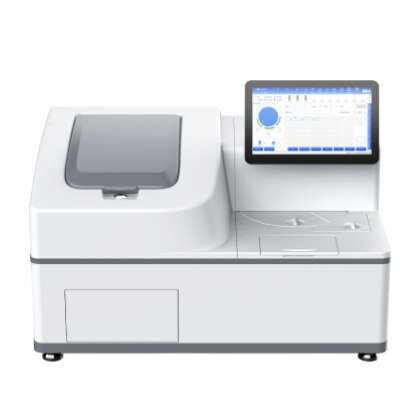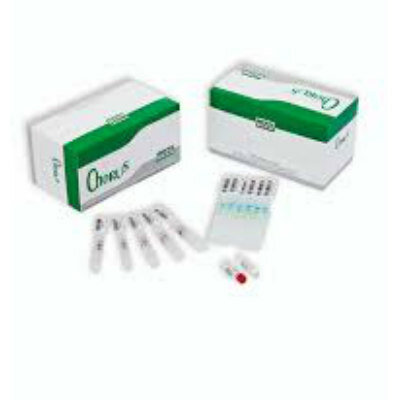Antisense Therapy Lowers Levels of Pathogenic Tau Protein in Models
By LabMedica International staff writers
Posted on 09 Feb 2017
Antisense therapy was used to reverse the damage caused by accumulation of tau protein in mouse and monkey models of neurodegenerative diseases.Posted on 09 Feb 2017
Accumulation of hyperphosphorylated tau protein directly correlates with cognitive decline in Alzheimer’s disease and other primary tauopathies. One therapeutic strategy may be to reduce total tau expression.

Image: Researchers have synthesized an antisense oligonucleotide (ASO) that can lower tau levels and prevent some neurological damage. In neurons that contain the ASO (above, in red) there are no tau tangles (in green) (Photo courtesy of Dr. Sarah DeVos, Washington University School of Medicine).
To explore this approach, investigators at Washington University School of Medicine genetically engineered a line of mice that produced a mutant form of human tau protein that readily aggregated into pathogenic tangles. These mice start showing tau tangles at around six months of age and exhibited some neuronal damage by nine months.
In order to reduce the amount of tau protein produced by the mice, the investigators employed antisense oligonucleotides (ASOs) that had been designed to bind to specific messenger RNA (mRNA) in the neurons and prevent the synthesis of tau. They reported in the January 25, 2017, online edition of the journal Science Translational Medicine that the ASO selectively decreased human tau mRNA and protein in mice expressing mutant P301S human tau. After reduction of human tau in this mouse model of tauopathy, fewer tau inclusions developed, and preexisting phosphorylated tau pathology was reversed. The resolution of tau pathology was accompanied by the prevention of hippocampal volume loss, neuronal death, and nesting deficits. In addition, mouse survival was extended, and pathological tau seeding was reversed.
To augment the mouse studies, the investigators treated groups of healthy cynomolgus monkeys with two doses of placebo or ASO, one week apart, directly into the cerebrospinal fluid that surrounds the spinal cord and brain. Two weeks later, the amount of tau protein and RNA in the monkeys' brains and cerebrospinal fluid was measured. Results revealed that the ASO treatment reduced both tau RNA and protein in the brain, and this reduction was mirrored in the cerebrospinal fluid.
"Tau tangles correlate with cognitive decline in several diseases," said senior author Dr. Timothy Miller, professor of neurology at Washington University School of Medicine. "This is a promising new approach to lowering tau, but we have to test whether it is safe in people, and whether it actually lowers tau, as it is designed to do, before we get to the question of whether it has any effect on the disease. But everything we have seen so far says that this is worth investigating as a potential treatment for people."
"We have shown that this molecule lowers levels of the tau protein, preventing and, in some cases, reversing the neurological damage. This compound is the first that has been shown to reverse tau-related damage to the brain that also has the potential to be used as a therapeutic in people. The monkey study showed us that lower tau in the cerebrospinal fluid correlates with lower tau in the brain. This is important if we are going to evaluate this treatment approach in people, because there is no non-invasive way of measuring tau levels in the brain. This correlation tells us that we can use levels of tau in the cerebrospinal fluid as a proxy for levels of tau in the brain."













